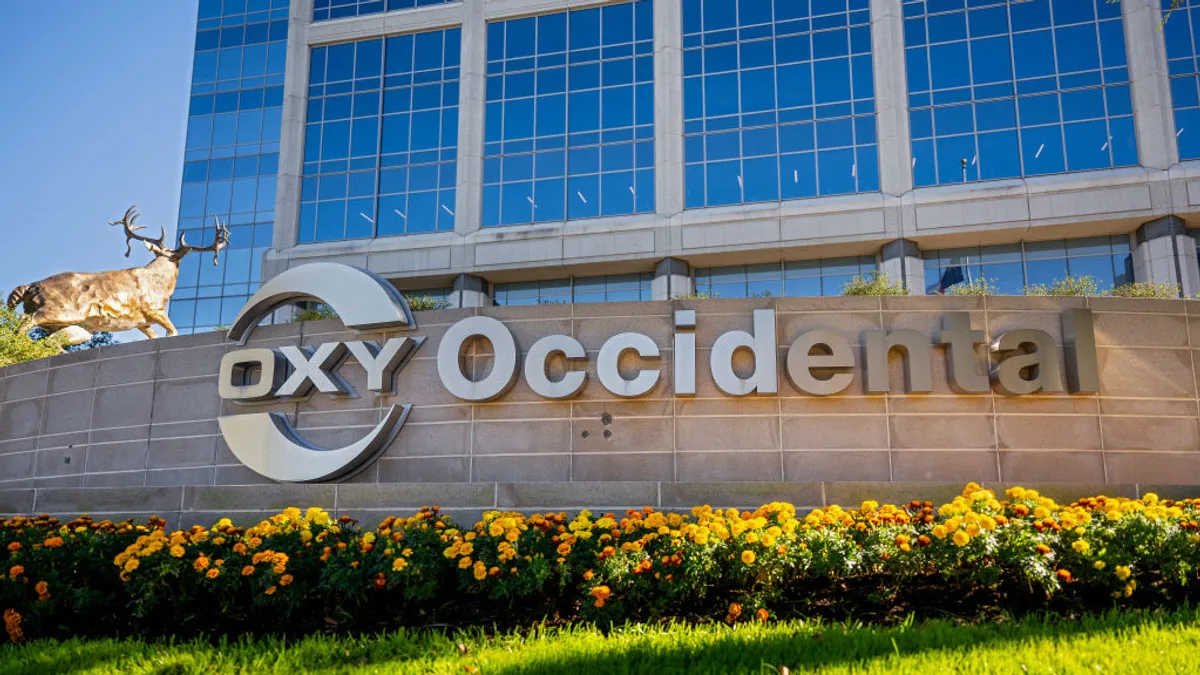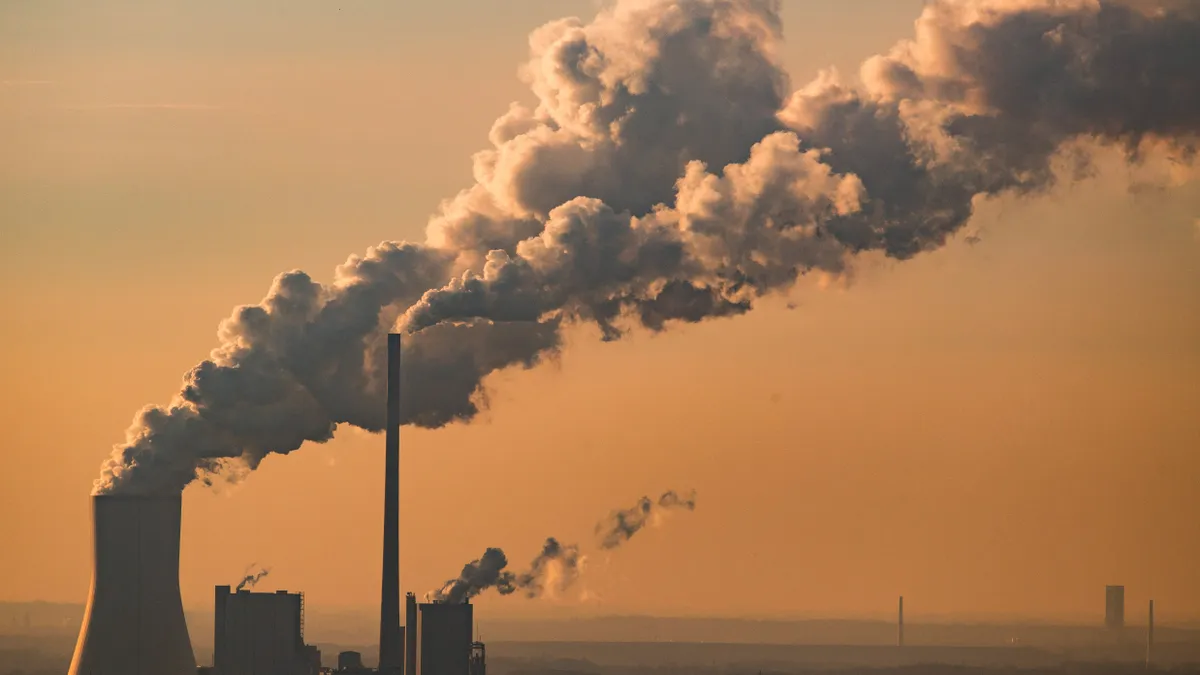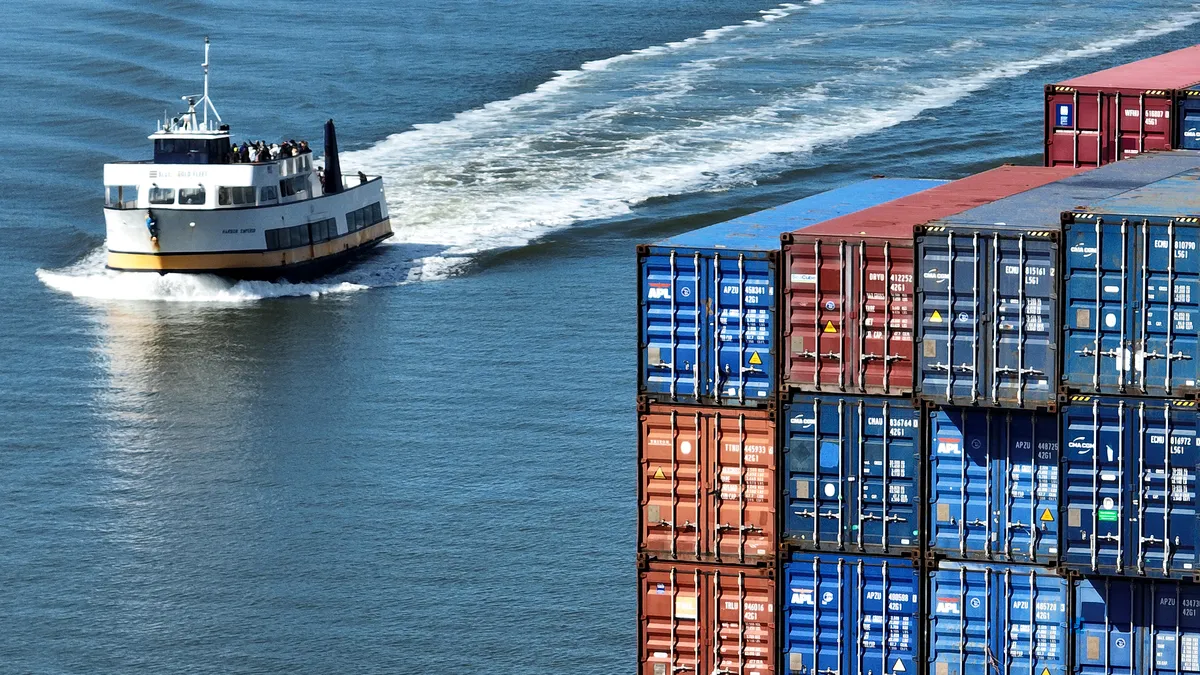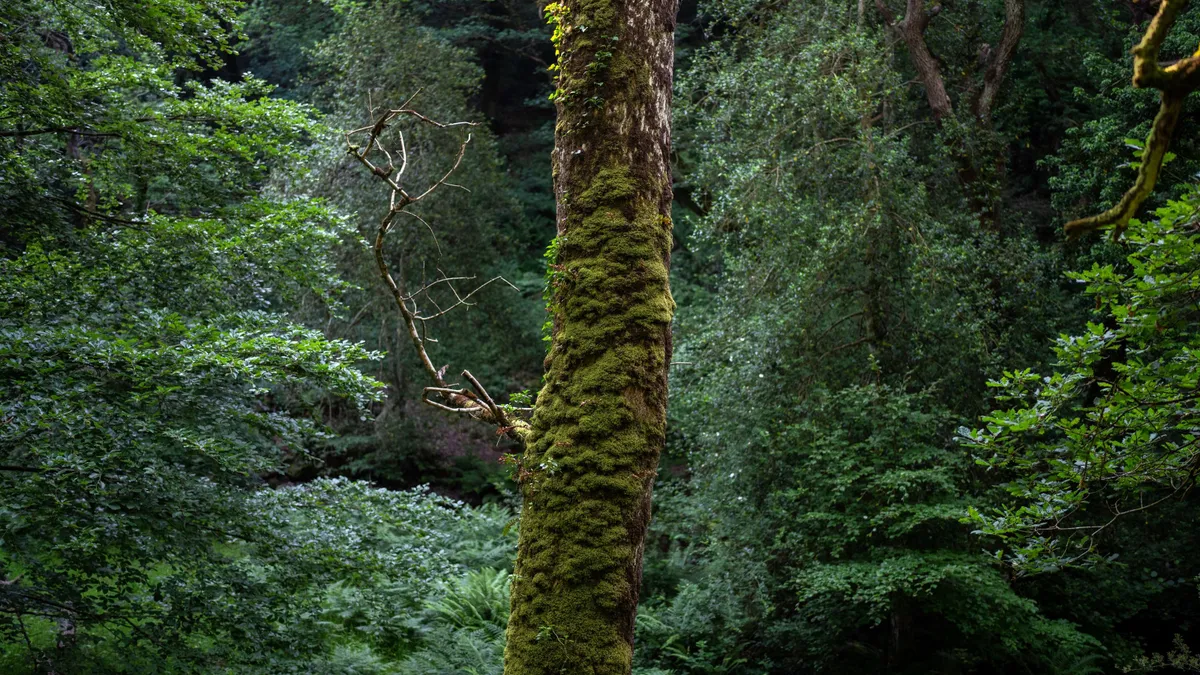Dennis Wamsted is an energy analyst at the Institute for Energy Economics and Financial Analysis.
The Department of Energy’s wholehearted support for carbon capture and storage rests on vaporous assumptions about the technical capabilities of unbuilt projects. It’s time to clear the air.
As Exhibit A, let’s look at the department’s recent announcement that it will pay for 50% of a $13.1 million front end engineering and design study for the potential retrofit of CCS equipment at the two-unit, coal-fired Four Corners power plant in northwest New Mexico. In the fact sheet explaining the project, DOE says the goal is to install CCS equipment at the 1,540 MW plant capable of capturing 10 million tons of carbon dioxide annually.
According to the Environmental Protection Agency, capturing 10 million tons of CO2 annually would be the same as taking about 2.4 million cars off the road, but there’s a problem — a big one, in fact. The plant has only emitted more than 10 million tons of CO2 once in the past eight years, and it is not likely to top that level ever again.
For starters, to generate 10 million tons of CO2 would require the plant to operate with a year-round capacity factor of 75%; its average in the last eight years has been 58.4%. Certainly, the goal of the federal CCS program is not to encourage plants to generate more CO2 than is already being emitted, is it?
Beyond that, the two units are old, which is a bad thing for coal plants. Studies have shown repeatedly that performance declines and maintenance costs increase as coal plants age, and Four Corners is definitely aging. The two units are already 54 and 55 years old. By the time any CCS equipment is installed, both likely will be 60 years old, allowing 18-24 months for the front end engineering and design study and 3-4 years for permitting and construction of the potential capture facility.
Third, power from the plant is already expensive. Adding costly CCS equipment will only boost the plant’s power costs, making it even harder for Four Corners to compete with emissions-free wind and solar as that capacity is built out in the Southwest.
DOE and project proponents also claim that the facility will capture 95% of the CO2 emissions from the plant — an audacious assertion that has little if any grounding in operational experience. The only two operating coal-fired CCS projects in North America have consistently failed to come even close to that mark, as IEEFA research has shown. The claim also glosses over the huge uncertainties associated with the enormous scale-up in size that would be required at Four Corners compared to the two operating coal-fired CCS projects. Ninety-five percent might be a laudable goal, but stating it as fact is incredulous.
Unfortunately for the DOE, Four Corners is not unique.
The department signed a deal in August to provide $8.6 million in federal funding to study installing CCS equipment at the 530 MW Sutter combined cycle gas turbine plant in California. The plan, like so many others, is to capture 95% of the plant’s emissions, up to 1.75 million tons of CO2 annually.
There is just one small problem: The plant, which has been in operation since 2001, has never emitted that much CO2. Its “best” year — if you can call it that — was 2002, its first full year of commercial operation, when it emitted 1.59 million tons of CO2. The plant faced serious economic problems in the mid-2010s, and was taken offline by Calpine, its owner, in 2016 and 2017. It has since restarted, but in the last three years, its capacity factor has averaged just 45.3%. This, in turn, has kept its average CO2 emissions below 1 million tons annually.
So, let’s dispense with the claim of capturing 1.75 million tons a year and focus on the 95% capture rate. Here, the issue is equally problematic. Carbon capture equipment works best during steady state operations; the Sutter plant does not meet that criterion. In the last 18 months, for example, the Sutter facility has recorded a capacity factor of more than 60% five times, and a capacity factor of 10% or lower five times — far from steady state.
It is also worth noting that Sutter is already 23 years old, putting it solidly in middle age territory for combined cycle gas turbine units, which like coal plants tend to have higher maintenance costs and lower performance numbers as they age. In addition, California is transitioning away from fossil fuels, with solar, wind and battery storage rapidly taking market share, and promising new emissions-free geothermal technologies also showing near-term commercial potential.
As with the coal example at Four Corners, the happy-talk DOE press information also says nothing about the difficulties associated with building a first-of-its kind technology and hooking it up to a large-scale electric generator. The only experience with CCS and gas-fired power plants was a test from 1991-2005 using a small portion of the flue gas emitted at a combined cycle plant in Bellingham, Massachusetts. The test apparently ran well but leaves a host of questions unanswered. In particular, how would the process react during real-world operations that involve non-steady state production. It’s also unknown if the technology can be upsized without compromising capture efficiency. And what would it cost?
There are other examples, but the point is clear.
The DOE and other advocates pitch CCS essentially as a silver bullet for carbon emission concerns. It’s not. There are serious questions about the costs and performance of capture projects, as well as issues regarding the feasibility and safety of transportation and storage. IEEFA does not think CCS is the solution, but hearing more realism from advocates would be a helpful first step in discussing the subject.




















